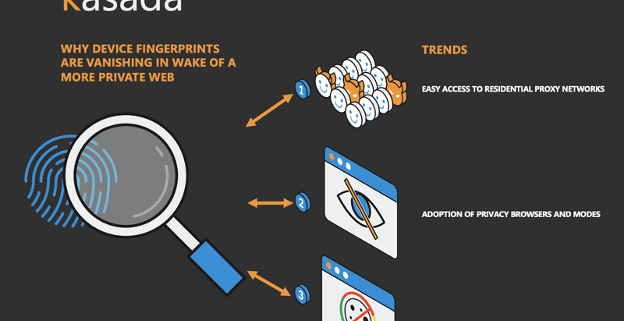Atos Ensures Effective and Secure Delivery of the Beijing Winter Olympics
BEIJING & PARIS, March 18, 2022 — The Olympic and Paralympic Winter Games Beijing 2022 ended after a successful edition, despite the unique context in which the event was held. These games saw more than 3,400 athletes compete, supported by key digital systems which were orchestrated and secured by Atos, leveraging its global digital platforms, infrastructure, and cloud orchestration expertise. For 30 years, Atos has been supporting the Olympic and Paralympic Games, driving digital innovation so all sports fans can experience the athletes’ achievements in real-time from anywhere, and on any device. No rest for the brave: Atos teams have already started to work on the preparation of the Olympic and Paralympic Games Paris 2024.
 Orchestrating the Digital Backbone Behind 187 Competitions
Orchestrating the Digital Backbone Behind 187 Competitions
As the Worldwide IT Partner of the International Olympic Committee (IOC) and International Paralympic Committee (IPC), as well as the lead integrator, Atos has run and orchestrated the key digital IT systems that helped to safely and securely deliver the Beijing 2022.
Atos provided more than 50 critical IT applications which supported the smooth running of the overall event, including 187 competitions over a month-long period. These included the Olympic Management System which supported the planning and operations (accreditations, workforce management, volunteer portal, competition schedule, sports entries and qualifications, eVoting) and the Olympic Diffusion System delivering real-time results to fans, journalists, and broadcasters worldwide. Atos also secured the IT infrastructure with cloud-based security services, including a Security Operations Center (SOC), a Computer Security Incident Response Team, endpoint detection and response, and vulnerability assessment services.
Bringing in Key Cloud Orchestration Expertise
In a first for the Games, Atos deployed its systems on a public cloud. This resulted in the need to create applications that could run on different IT environments and to implement innovative technologies and ways of working, such as Edge computing or DevSecOps, in order to bring more security and agility to the whole architecture. All critical systems were…



